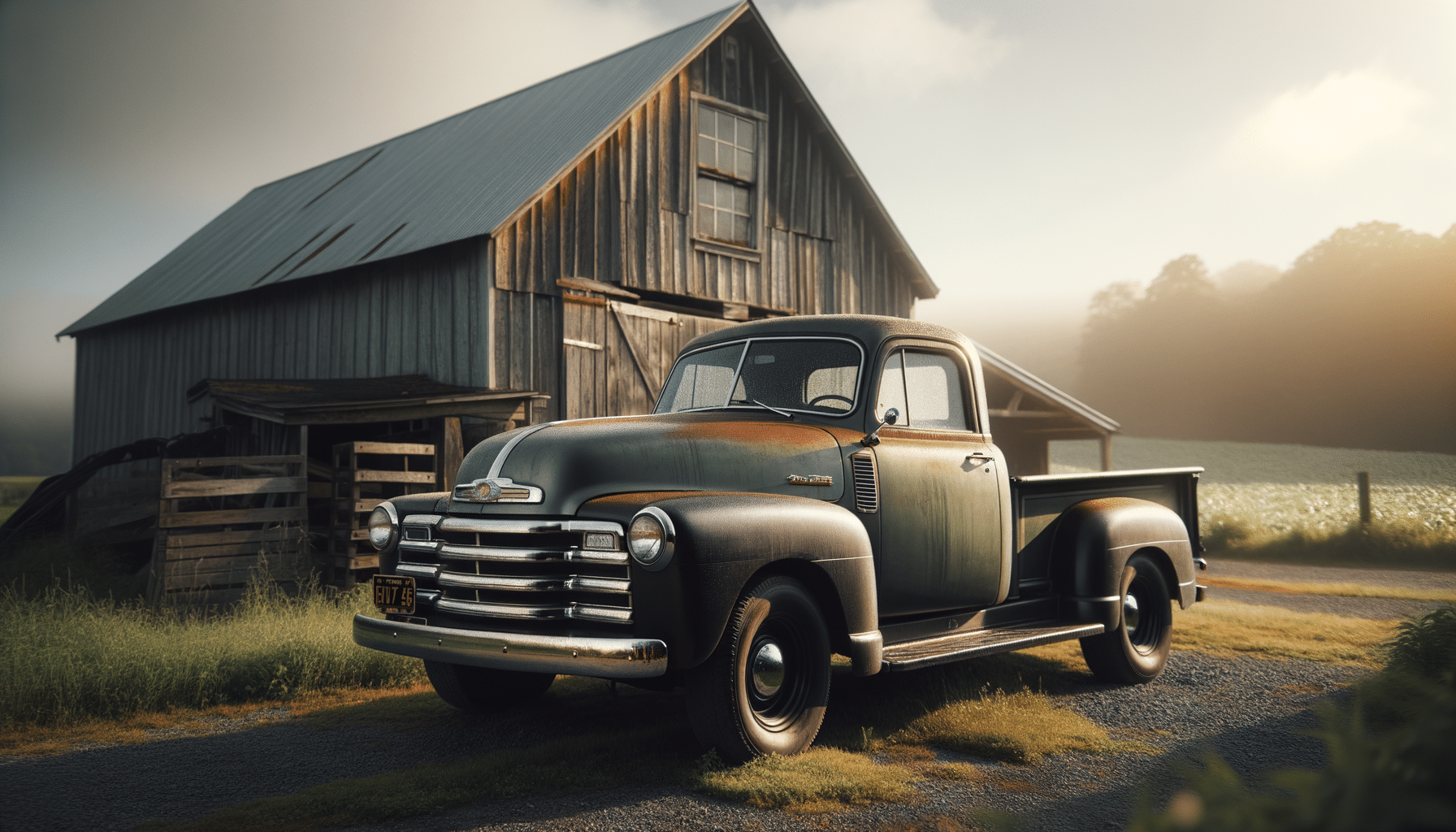
how to save money when buying a classic pickup truck
Introduction to Classic Pickups
The allure of classic pickups is undeniable. These vehicles, with their vintage charm and robust build, offer both nostalgia and functionality. For many enthusiasts, owning a classic pickup is about preserving a piece of automotive history while enjoying a reliable ride. However, the cost of acquiring and maintaining such vehicles can be daunting. Understanding the nuances of classic pickups can help potential buyers make informed decisions, ensuring they get the most value for their money.
Understanding the Market for Classic Pickups
The market for classic pickups is diverse, with options ranging from well-preserved vintage models to those in need of restoration. Prices can vary significantly based on factors such as rarity, condition, and historical significance. To navigate this market effectively, prospective buyers should:
- Research extensively on various models to understand their market value.
- Consider the availability of parts, as some models might require hard-to-find components.
- Assess the potential for restoration and the associated costs.
Engaging with online forums and classic car clubs can provide invaluable insights and connect buyers with knowledgeable enthusiasts who can offer guidance and advice.
Evaluating the Condition of Classic Pickups
Before purchasing a classic pickup, it’s essential to evaluate its condition thoroughly. This involves inspecting the vehicle for rust, mechanical issues, and overall wear and tear. Key areas to focus on include:
- The frame and body for signs of corrosion or damage.
- The engine and transmission for functionality and potential repairs.
- The interior for originality and condition.
Hiring a professional mechanic to conduct a pre-purchase inspection can help identify hidden issues, potentially saving money on future repairs.
Restoration and Maintenance Costs
Restoring a classic pickup can be a rewarding endeavor but also a costly one. It’s crucial to budget for restoration and maintenance, taking into account:
- The cost of parts and labor, which can vary based on model and availability.
- Ongoing maintenance, such as oil changes, brake checks, and tire replacements.
- Potential upgrades to improve performance or safety.
Creating a detailed restoration plan and timeline can help manage costs and ensure the project stays within budget.
Strategies for Saving Money
Savvy buyers can employ several strategies to save money when purchasing a classic pickup, including:
- Buying during the off-season, when demand and prices are lower.
- Looking for vehicles that require minimal restoration, reducing upfront costs.
- Networking with other enthusiasts to find private sales or deals.
Additionally, considering insurance options specifically designed for classic vehicles can help reduce long-term costs.
Conclusion: Making Informed Decisions
Purchasing a classic pickup is not only a financial investment but also an emotional one. By understanding the market, evaluating vehicle conditions, and planning for restoration and maintenance, buyers can make informed decisions that align with their budget and goals. With the right approach, owning a classic pickup can be both a fulfilling and financially sound decision, offering the joy of driving a piece of history.


